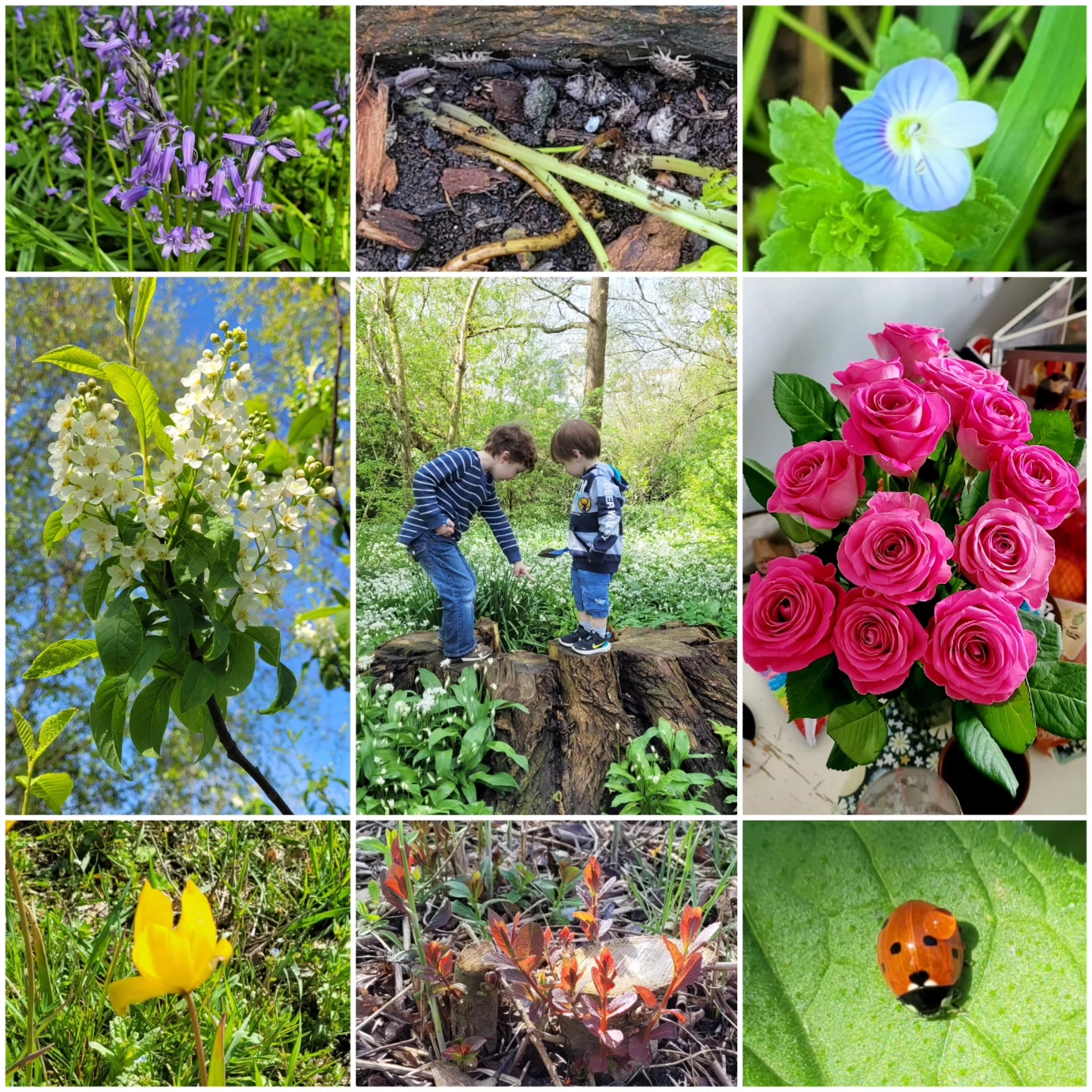Wakulla Springs State Park
To celebrate #WorldWildlifeDay on March 02, 2015, (and because it's awesome) we visited Edward Ball Wakulla Springs State Park! We explored the HUGE 1930's visitor center, and took a ferry ride down the river.
About the Wildlife:
We saw tons of alligators, ibis, pretty much everything you'd expect to see. Except one thing. Where are all the limpkins?? In South Florida I rarely ever see an Ibis without some limpkins nearby. Our ferry guide (Jake, Florida Park Service) told us that because the apple snail population in Wakulla Springs had been wiped out (and they think they know why, but he didn't share) the limpkins stopped going there. They have specialized beaks to eat apple snails. They can eat shellfish but it takes a lot more energy. (They don't have any invasive apple snails, by the way. I asked.) We did actually see ONE limpkin. He said she'd been coming around about eight weeks, but obviously hasn't found a mate. Considering it's breeding time, I wonder if she'll get to breed at all this year! Hmmm...
About the Park:
According to the Brochure... Humans have occupied Wakulla Springs for nearly 15,000 years. It is thought Wakulla means “river of the crying bird” or “strange and mysterious waters.” Archaeological evidence shows intermittent habitation from Paleo-Indian times through the time of European contact in 1513. Later periods are also represented, particularly the Spanish Mission, Creek and Seminole. (They have a replica of a chopping knife on display, along with a partial mastodon jaw!)
Mystery surrounds the early history of Wakulla Springs. The word “Wakulla” may be a modern spelling of ancient Native American origin meaning “river of the crying bird” or “mystery.” Spanish explorers interpreted the Indian word for the spring as guarcara. The Seminoles in the late 18th century began calling the river Wakala. …la is said to mean “a spring of water.” (Wakullasprings.org)
Edward Ball purchased the property in 1934 and developed it as an attraction that focused on the preservation of wildlife and the surrounding habitat. The Wakulla Springs Lodge, completed in 1937, is an excellent example of Mediterranean Revival architecture. The Lodge is a vision of quiet elegance, providing a retreat from the modern world. Twenty-seven guest rooms are furnished with period furniture and private bathrooms. The dining room overlooking the spring provides elegantly prepared food for breakfast, lunch and dinner. Gift items and light lunches are offered at the snack bar with one of the world’s longest marble counters. The lodge lobby with its intricately painted 10-foot ceiling is a place to relax. Its period furnishings include a grand piano, marble checker tables, a massive fireplace, the lodge’s only television and legendary “Old Joe,” an 11-foot 2-inch stuffed alligator. (Anyone interested in more about the architecture and amazingly painted ceiling should pick up A New Deal for Wakulla: Art and Marble in a Florida Swamp, Madeleine Hirsiger Carr (2010).)
Some of the painting and architecture from the huge guest lodge.
|
About the Geology and Water:
Wakulla Spring is one of the largest freshwater springs in the world (FloridaSprings.org). Wakulla cave is a branching flow-dominated cave that has developed in the Floridan Aquifer under the Woodville Karst Plain of north Florida. Flow rate of the spring is 200–300 million US gallons (760,000–1,140,000 m3) of water a day (Wikipedia.org). Wakulla Spring's massive cave entrance leads to tunnels that run underground for miles and to depths of 300 feet. Scuba diving at Wakulla Spring is only permitted for research and scientific studies (FloridaSprings.org)
It is classified as a first magnitude spring and a major exposure point for the Floridan Aquifer. The spring forms the Wakulla River which flows 9 miles (14 km) to the southeast where it joins the St. Mark's River. After a short 5 miles (8.0 km) the St. Mark's empties into the Gulf of Mexico at Apalachee Bay. (Wikipedia.org)
Beautiful cypress tree (with Spanish moss and possibly something else), and a huge flock of black vultures.
|
Tidbits our guide told us that are also on Wikipedia:
Beginning in 1938, several of the early Tarzan films including Tarzan's New York Adventure starring Johnny Weissmuller were filmed on location in Wakulla Springs. Other films such as Creature from the Black Lagoon, Night Moves, Airport '77 and Joe Panther starring Brian Keith and Ricardo Montalbán were also filmed on location at Wakulla Springs. (The soda fountain / gift shop area is Creature From the Black Lagoon themed, FYI.)






Comments
Post a Comment